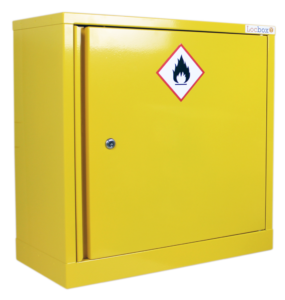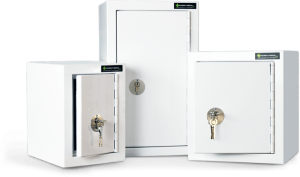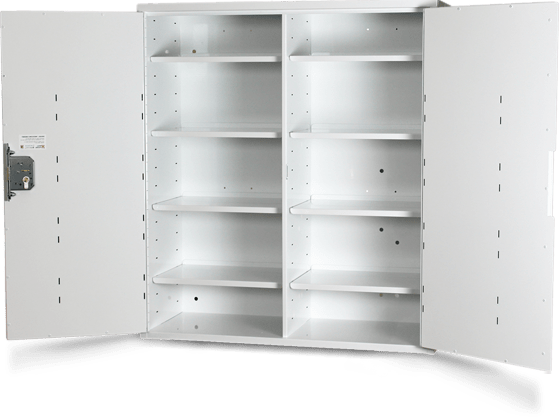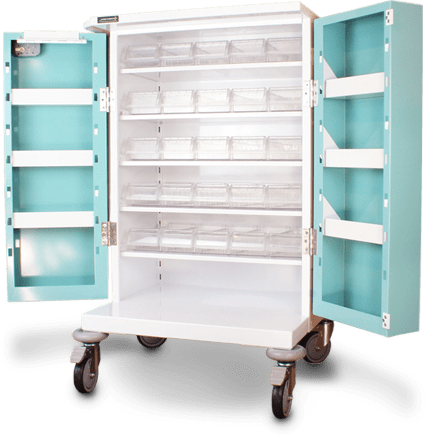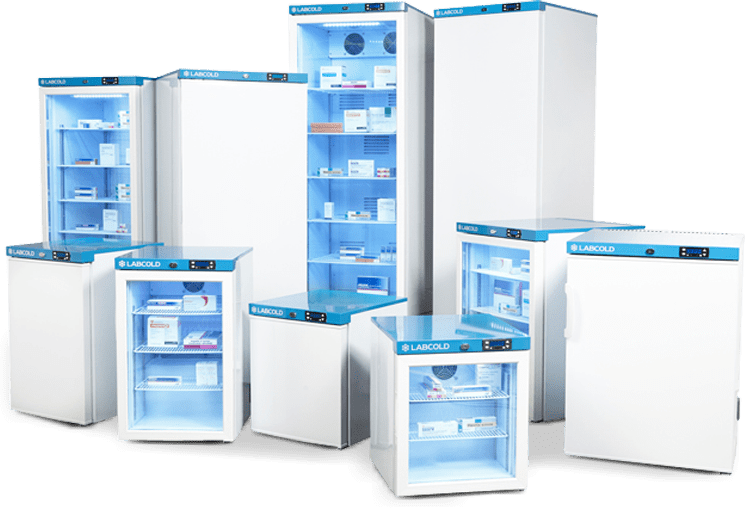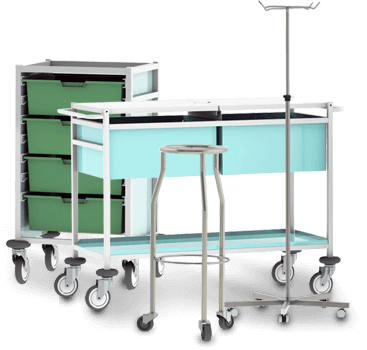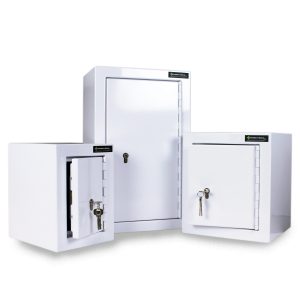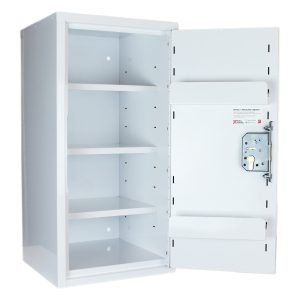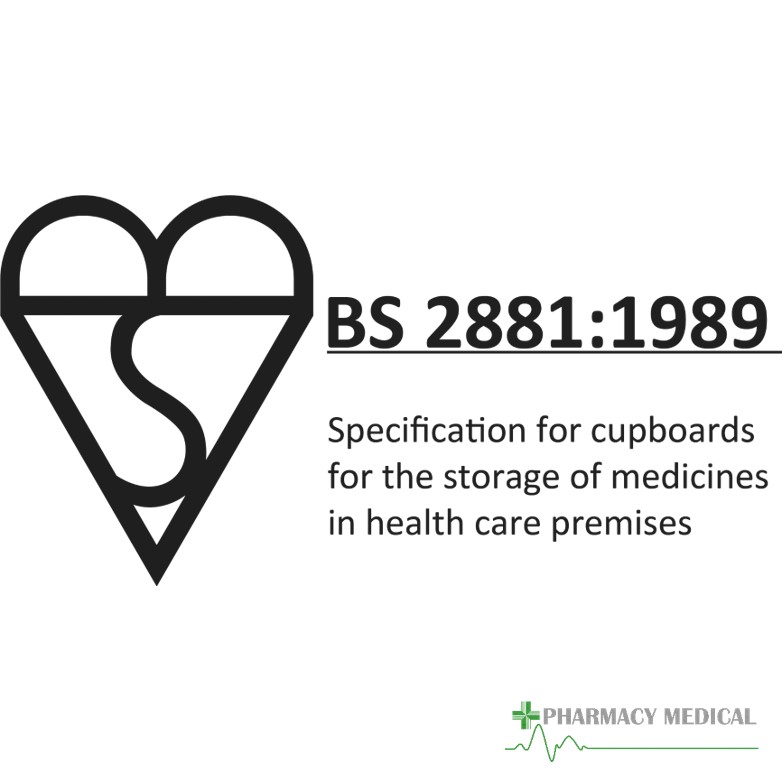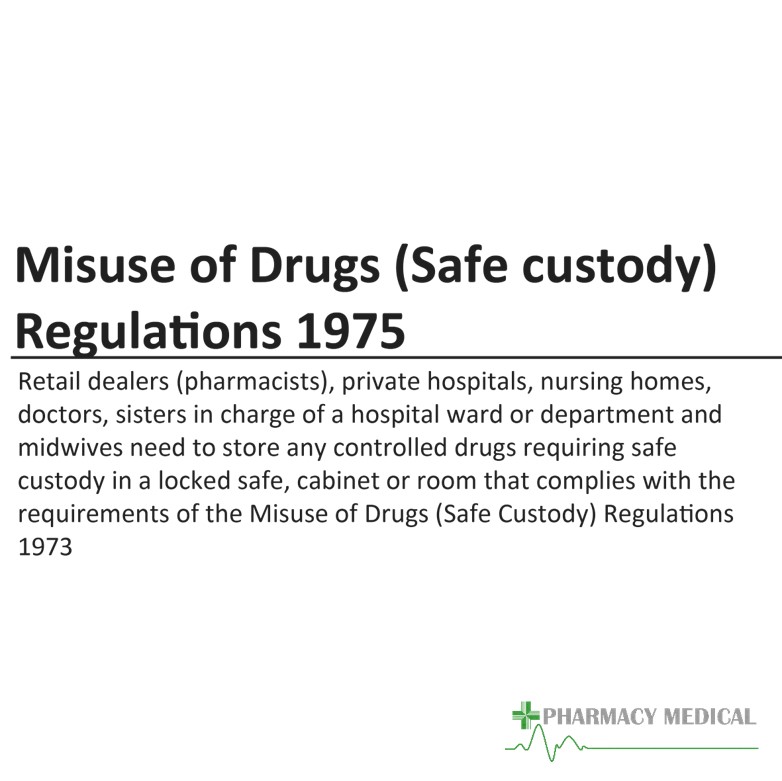What is the difference between a Controlled Drug and a Medicine Cabinet?
All our Controlled drugs cabinets and medicine cabinets conform to BS 2881:1989
In this article, we aim to highlight the difference between controlled drugs cabinets and medicine cabinets.
There are significant differences between a Controlled Drugs Cabinet and a Medicine Cabinet, listed below.
Pharmacy Medical manufacture a range of controlled drugs cabinets, monitored dosage cabinets & medicine cabinets and here we will do our best to explain the differences between the two types of cabinets.
You can click on the links below to see our ranges of fully compliant cabinets.
Drug and Medicine Cabinets.
There are effectively two different types of drug and medicine cabinet construction, one is used for the storage of Medicines and one for the storage of Controlled drugs. Each type has to conform to a certain standard or combination of standards that determines whether it is a controlled drug or medicine cabinet.
British standard 2881:1989 applies to the Storage of drugs in healthcare premises and is the standard a drug or medicine cabinet (not controlled drug) must comply to within the United Kingdom.
- Minimum 1.6mm thick steel sheet used in construction.
- The clearance between the door and jam must not be greater than 3mm
- Door lock of at least 5 levers and to have at least 1000 key differs.
- Two locks must be fitted if the door height exceeds 914mm
- Internal anchor plates of 3mm thick steel and a surface area of 19355 sq/mm over each wall fixing point.
- Cabinet must be of fully welded construction.
- Label fitted to inside of door displaying Manufacturer name and other specific information as detailed in the act.
In conclusion with the inclusion of the above requirements in addition to that required by British standard 2881:1989 a Controlled drugs cabinet is of a significantly more robust design and construction than that of a drug and medicine cabinet.
At Pharmacy Medical in order for the drug and medicine cabinets we manufacture to comply, we use 1.2mm thick mild steel sheet as the cabinet and door material. The body of the cabinet consists of press formed sides with a press formed top and bottom, plug welded in position. We fabricate the door in a similar way using a press formed construction with a welded stiffener to reinforce the door edge. A seven lever mortice lock, or 6 pin euro cylinder lock are bolted internally to finally secure the door.
The above briefly describes the construction of a drug and medicine cabinet, below we will endeavour to indicate the difference between a Drug and Medicine Cabinet and a Controlled drugs cabinet.



